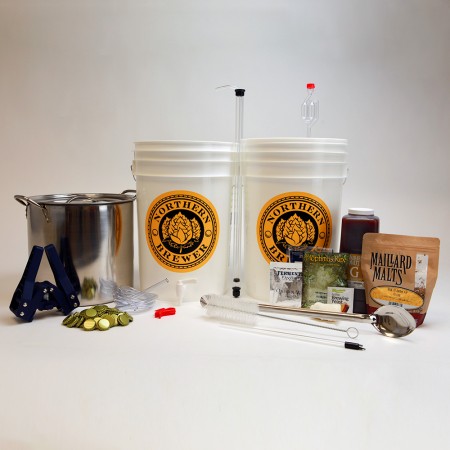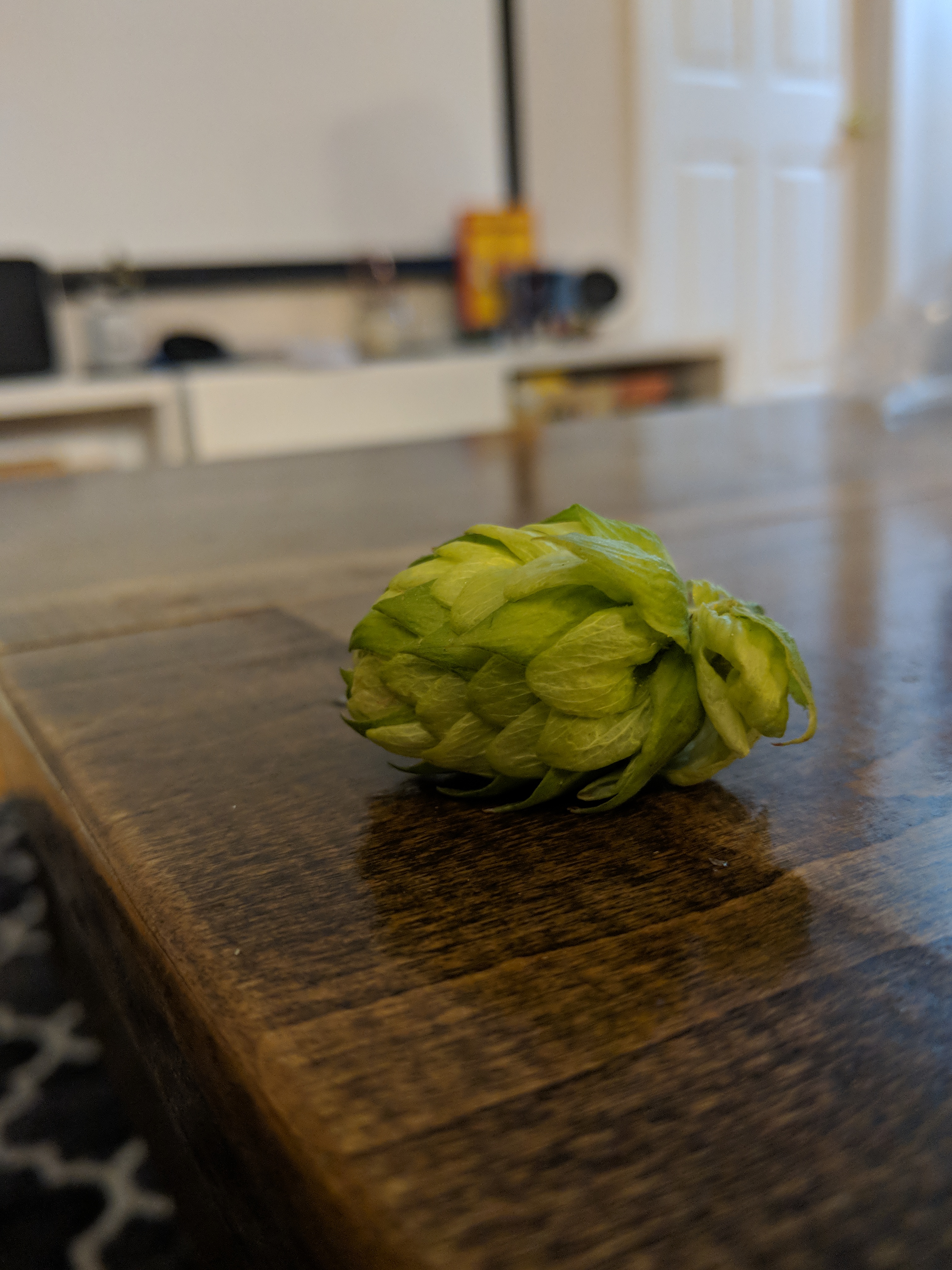Learning to Brew: Picking recipe and ingredients
25 November 2018
How do you decide what to make?
Curious about my philosophy? CLICK HERE
Want to know about equipment? CLICK HERE
There are 3 ways to get a recipe and start brewing: 1) Kits, 2) Online/book recipes and buy individual ingredients, 3) Make up a recipe and buy ingredients, I’ll cover the first two in this intro as they are the most accessible.
Overall advice:
- Darker beers hide more mistakes
- Lagers require special fermentation conditions
- Brew what you like! You will be the person doing most the work and consuming most of the beer
Where to get materials:
- When possible use your Local Home Brew Store (LHBS)
- Online retailers like More Beer and Adventures in Homebrewing
- Amazon
Kits:
- Easiest way to start out is with kits, these are designed to have almost everything you need in one package (May need to buy yeast)
- Wide array of styles
- 1 gallon kits and 5 gallon kits are the most common, but 3 gallon kits exist
- Usually have very detailed instructions with tips for first time brewers
 |
Recipe Sources:
- American home brewers association
- Brew toad
- If you are interested in brewing smaller batches, it may be difficult to find recipes. I have had good luck with halving recipes I find online. If you are looking to mimic an exact beer (called brewing a clone) there is more advanced math you can do. I don’t bother and just half 5 gallon recipes for a smaller batch
Malt
- Malt is the backbone of beer, it provides the sugar needed for fermentation
- Many beginner brewers start with extract brewing. They use Liquid Malt Extract (LME) or Dry Malt Extract (DME) to get most of the sugar content
- DME- Dried Malt Extract: malt is a dried, powdered form
- LME: Liquid Malt Extract: malt is a thick, syrup liquid
- LME can be thick and sticky to work with. Try heating the package of LME in hot (but not boiling!) water prior to adding it to your kettle. Once added and mixed in kettle, ‘rinse’ the remaining residue in package with hot wort.
Specialty grains
- LME can be thick and sticky to work with. Try heating the package of LME in hot (but not boiling!) water prior to adding it to your kettle. Once added and mixed in kettle, ‘rinse’ the remaining residue in package with hot wort.
- Even if you are brewing an extract beer, you may want to steep specialty grains for extra flavors
- The crushed grains can be added to a hop sock while your water is heating to 170 F, or steeped at that temperature for 30 minutes
 |
Hops
- Hops add bitterness and flavor to beer.
- Most recipe instructions list hop additions by how much time is left in the boil. If you have a 60 minute boil and in instructions say 1 oz at 60 minutes, 1.5 oz at 45 minutes and 0.5 oz at 5 minutes. That means start you 60 minute count down timer and add 1 oz. 15 minutes later (with 45 minutes left on your timer) add 1.5 oz, and then, when 5 minutes are left on the timer add your final hop addition of 0.5 oz.
- ‘Flameout’ hops are added when you turn off the heat to your boil
- Hops added earlier in the boil mostly add bittering. Hops added towards the end add subtler flavors and aromas.
 |